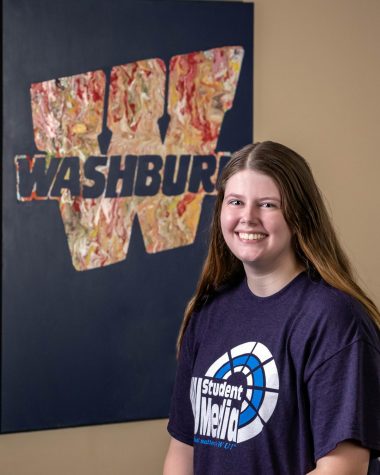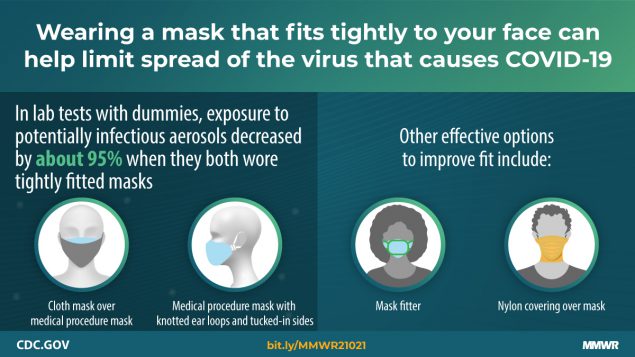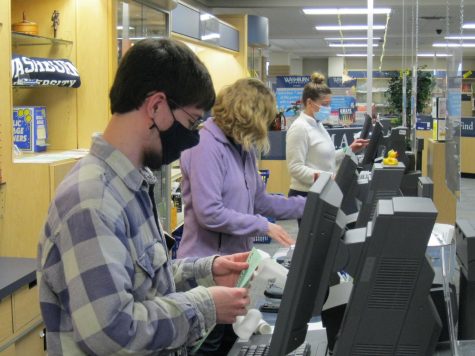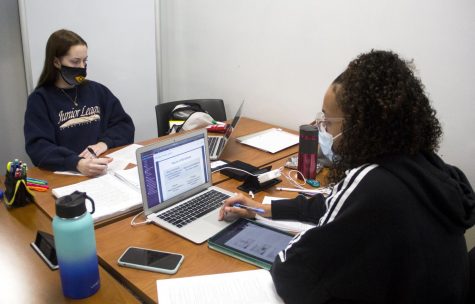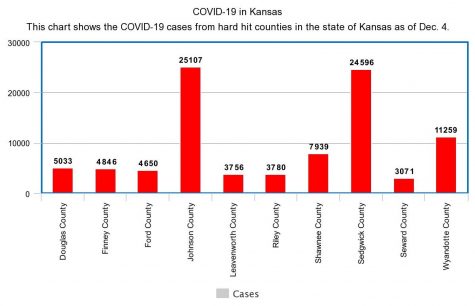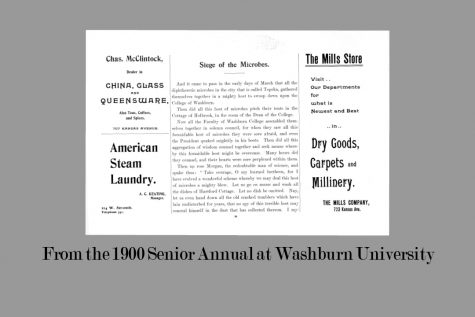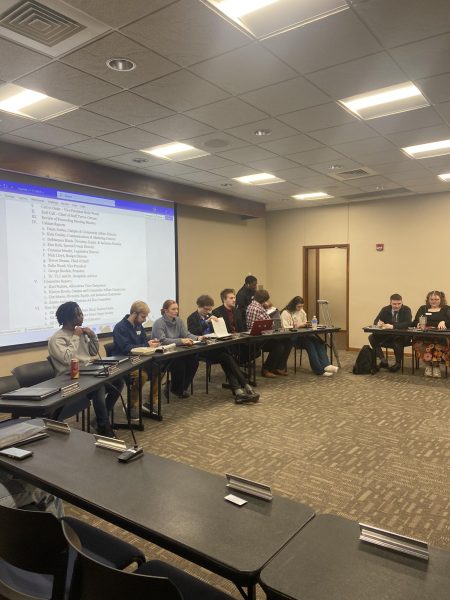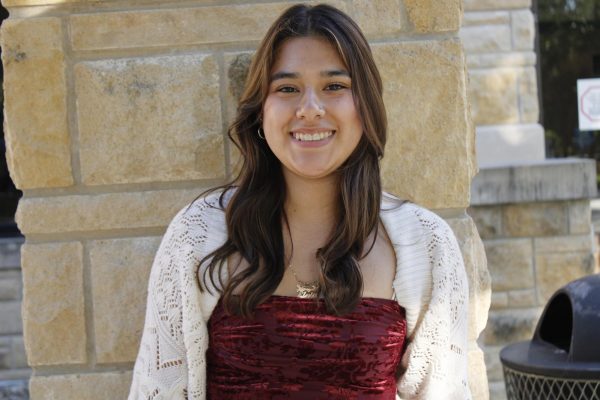What you should know about double-masking and the COVID-19 vaccine
It has been over a year since COVID-19 initially came to the United States, yet the 2019 novel coronavirus still remains at large. As time has passed and more information has become available, our procedures for handling COVID-19 have evolved.
The Morbidity and Mortality Weekly Report, also known as MMWR, shared a study that found that “double-masking” (wearing two properly fitting masks: one medical and one cloth) could decrease exposure to infectious aerosols by about 95%.
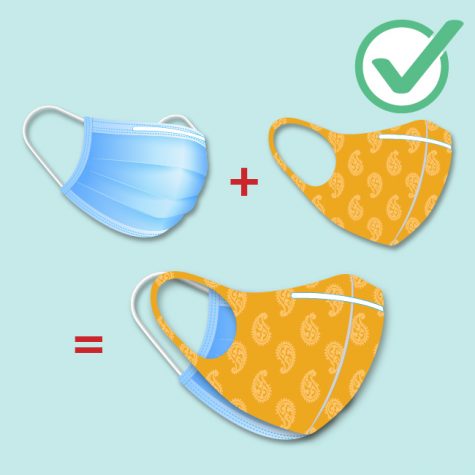
“It’s not going to be a bad thing to wear two masks,” said Dr. Tiffany McManis, director of student health services at Washburn University. “The most important thing is to get a good fit and have it cover your nose and mouth.”
When picking a mask, McManis recommends picking one with multiple layers, a metal nose piece that conforms to your face, and a good fit all around.
The CDC, also known as Centers for Disease Control and Prevention, has a complete guide to picking a mask on their website.
“Whether you’re wearing one mask or two, it’s still going to be really important to continue to social distance, cover coughs and sneezes, and change out your mask and wash it,” McManis said.
McManis is also a firm believer in the safety and effectiveness of the COVID-19 vaccine.
“The biggest reason that I feel confident in it is even though it feels like the vaccine came out really quickly, they’ve been studying coronavirus for years,” McManis said. “Even though COVID-19 is new, it has similar components to the many strands of coronavirus out there.”
Other coronaviruses include MERS, Middle East Respiratory Syndrome, and SARS, Severe Acute Respiratory Syndrome.
“The other reason that they came up with [the vaccine] so quickly is because it was all hands on deck. There were so many people working on it, feeling the time crunch and the weight of the pandemic,” McManis said.
According to the KDHE, Kansas Department of Health and Environment, Kansas is currently in phase two of its vaccine distribution plan. According to its website, this means that persons aged 65+, congregate settings, and high-contact critical workers are eligible to receive the vaccine currently.
“I would encourage anyone to get it if they’re able. If we’re ever going to achieve herd immunity, we need to get as many people vaccinated as possible,” McManis said. “When you get that vaccine, you’re taking it not just for you, but for all the people who can’t take it.”
Additional Resources:
https://www.kansasvaccine.gov
https://www.coronavirus.kdheks.gov/1/Home
https://www.cdc.gov/coronavirus/2019-nCoV/index.html
Edited by Simran Shrestha
Your donation will support the student journalists of Washburn University. Your contribution will allow us to purchase equipment and cover our annual website hosting costs.
